
This website covers a wide range of severe weather and how to stay safe in the summer months.
- Subject:
- Earth Science
- Science
- Material Type:
- Lesson
- Provider:
- National Oceanic and Atmospheric Administration
- Author:
- NOAA
- Date Added:
- 02/26/2019

This website covers a wide range of severe weather and how to stay safe in the summer months.
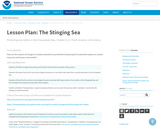
Students will define ecological forecasting, and be able to describe three examples of this process. Students will explain how the life cycle and ecological preferences of sea nettles help make them unusually abundant in the Chesapeake Bay and describe the economic and ecological impacts associated with large numbers of sea nettles in the Chesapeake Bay, and how ecological forecasting may help reduce these impacts. They will also define "limiting factors," explain how physical factors can be used to forecast sea nettle "outbreaks," and describe the limitations of these forecasts.

Students obtain, evaluate, and communicate information about flows and cycles of energy in cold-seep ecosystems. Students will develop a model that describes some of the interdependent relationships in cold-seep ecosystems. Students will also develop and use a model to explain states and changes between states of methane hydrates.

Students identify stresses that threaten the health of ocean ecosystems, explain natural and human-caused processes that contribute to these stresses, and discuss actions that may be taken to reduce these stresses.
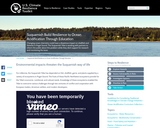
Changing ocean chemistry could have a disastrous impact on shellfish and fisheries in Puget Sound. The Suquamish Tribe is working with partners to inform the public about this problem while they elicit support for research and monitoring the issue.
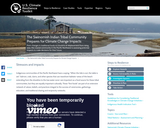
From changes in traditional foods to concerns of displacement from rising seas, this coastal community in the Pacific Northwest is assessing potential impacts to make decisions for their future.
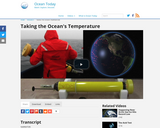
This video helps students understand the difference between weather and climate and discuss how global climate is monitored by taking the ocean's temperature.

This website reviews the concepts behind global warming.

This resource explains and visually shows the difference between high and low tide.

Students discover benefits to ocean exploration. Students will work collaboratively to research the topic and prepare an oral report. Students will also construct Learning Shapes to summarize modern reasons for ocean exploration and will use their creations to play a competitive "Ocean Exploration Bowl" game.
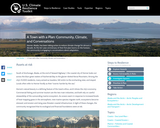
Homer, Alaska, has been taking action to reduce climate change for almost a decade. As the ten-year anniversary of their first plan looms on the horizon, the community is engaging in conversations about adaptation.
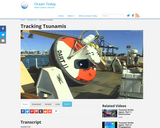
This video explains a tsunami-monitoring device called DART, which alerts scientists to tsunami warnings.

This video discusses the increase in carbon in the ocean.
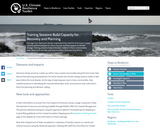
Hurricane Sandy served as a wake-up call for many coastal communities along the East Coast: they learned that planning and preparation for future hazards and climate change impacts needs to take place before the next disaster. As this type of planning was new to many communities, they needed assistance in identifying the most beneficial data, tools, and resources that could inform their local planning and decision making.

Students sort trash that has been left in an estuary ecosystem by determining what can be recycled.
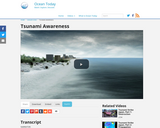
This video provides an overview of what a tsunami is, and the role energy plays.
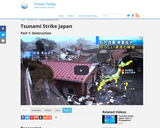
This video shows a real-world example of Japan's 2011 tsunami.
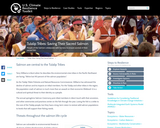
Terry Williams is blunt when he describes the environmental crisis tribes in the Pacific Northwest are facing: "We’ve lost 90 percent of the salmon population."
As the Tulalip Tribe’s Fisheries and Natural Resources Commissioner, Williams has witnessed the decline of salmon and its impacts on tribal members. For the Tulalip and other tribes in the region, the population crash of salmon is much more than an assault on their economic lifeblood—it is a cultural and spiritual threat to their identity as a people.
The annual springtime Salmon Ceremony puts tribal members in direct touch with their ancestors, and other ceremonies and practices center on the fish through the year. Losing the fish is a strike to the core of the Tulalip people, but they have a long-term vision to restore wild salmon populations to levels that will support their fishing needs.

Students will explore the Coriolis Effect and understand how it causes objects, including air and water, to move to the east in the Northern Hemisphere and to the west in the Southern Hemisphere.

This interactive resource allows students to click on a state and examine the different climates.